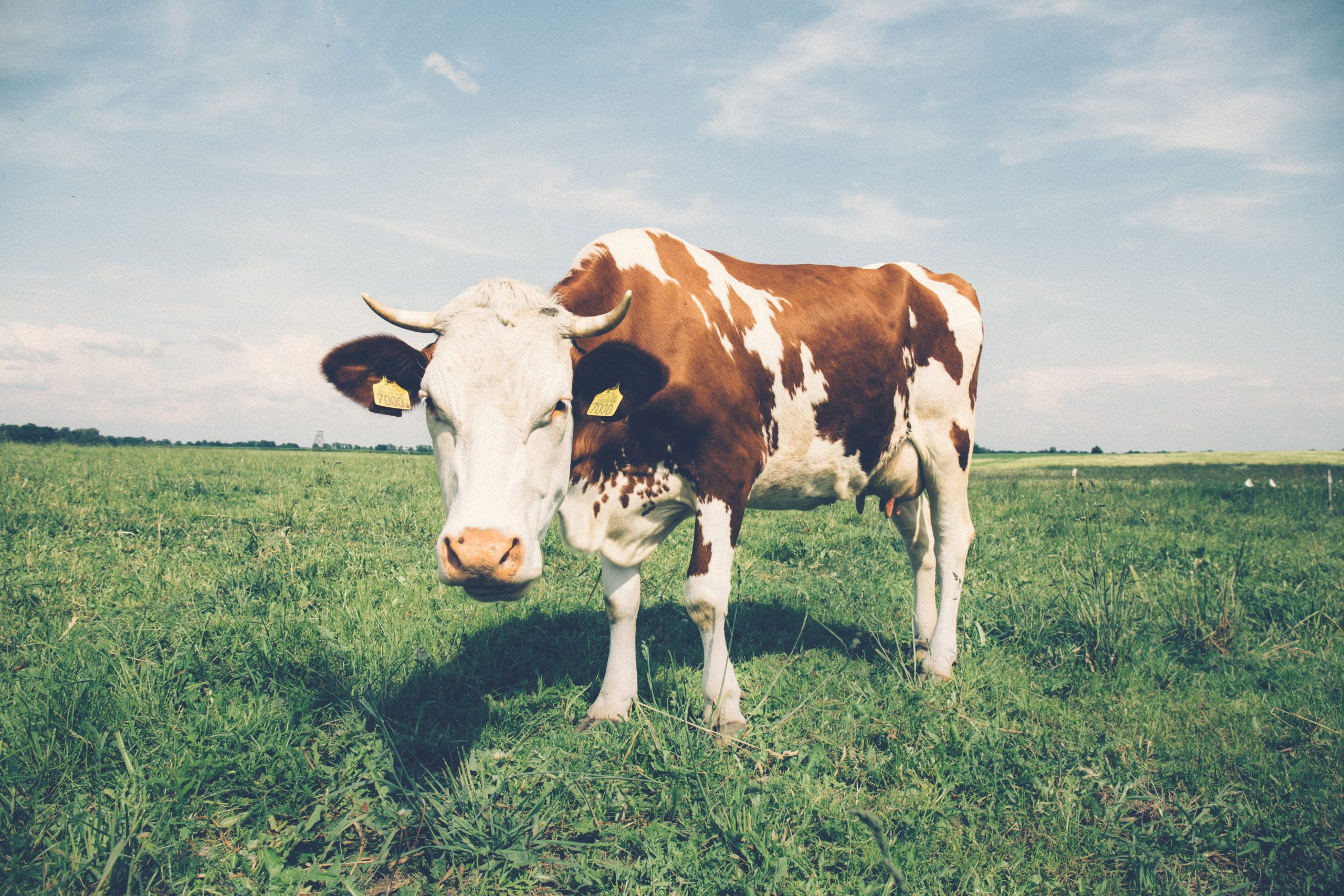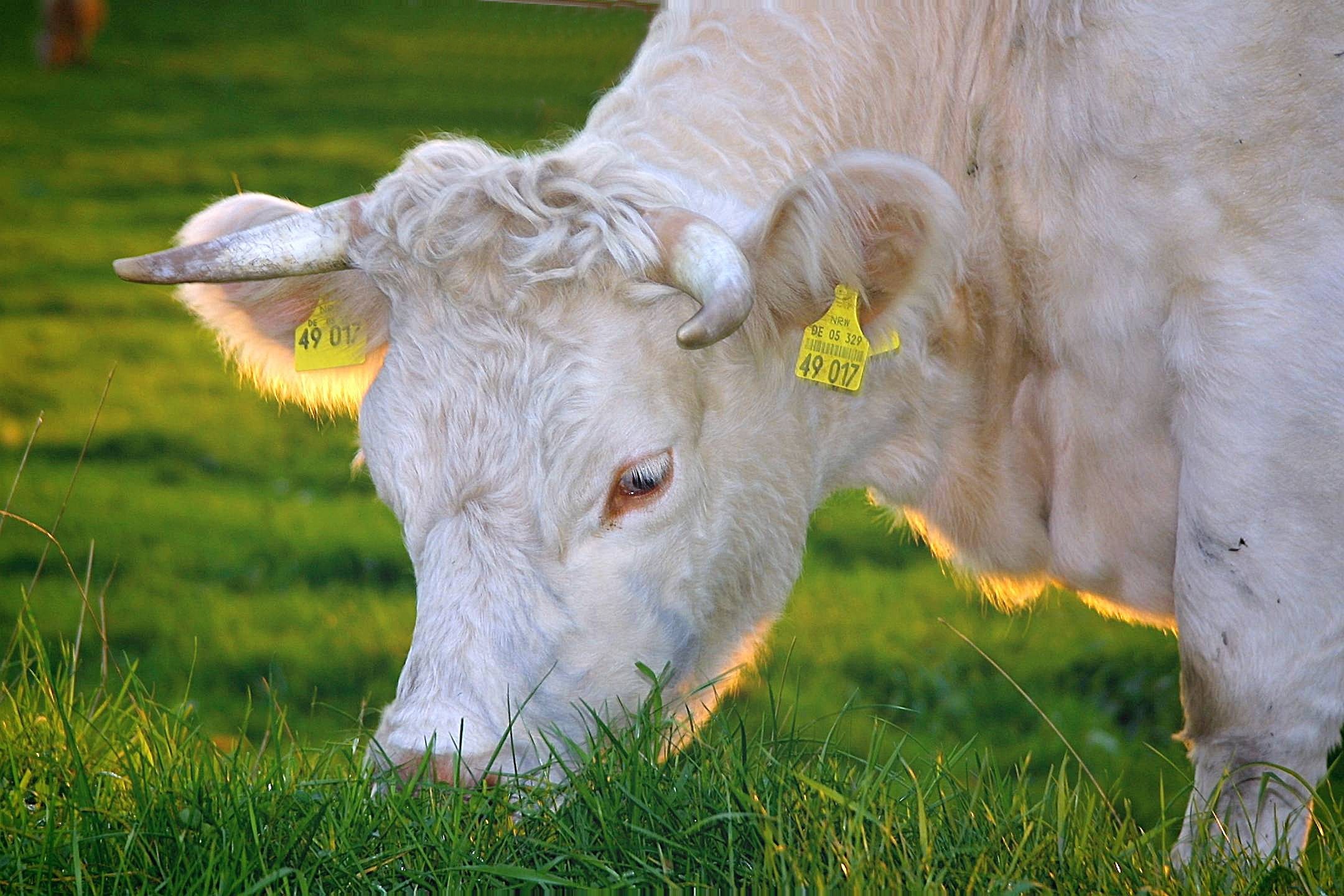How to Find Feed Conversion Ratio
The amount of crops/feed that is required for the production of a unit of meat (the mass of the input divided by the output) is known as Feed Conversion Ratio (FCRs) and they are discussed in the aspect of efficiency.
Such as, as compared to cows, chickens are great and efficient converters of crops. Chickens are able to give a pound by consuming less amount of feed which means they have low FCR. Whereas, it takes a lot of feed to produce a pound of beef.
"Inefficiency" is considered as a more suitable and accurate term for this, considering the loss of natural resources and crops that are involved in the production of beef and other animal-sourced foods (ASF).
Now understand this; in terms of the ratio of feed, chickens are more efficient than cows. But, they give less protein and calories as compared to the amount they consume in their feed. This example shows why language is important. Meat production is inefficient inherently. But the livestock industry is manipulating people by creating much of the language (and of course math).

What is Feed Conversion Ratio?
FCR is a mathematical relationship between the quantities of feed provided (fed) and the weight gained by consuming it. It can be calculated by dividing the total input of the given feed by the total weight gain.
F.C.R = Input of feed / Weight gained by the animal

Why Are Feed Conversion Ratios Important?
Feed Conversion Ratios are important because they help the farmer to know how much amount of feed will be required in the growth cycle of animals. This serves as a powerful tool by letting the farmer know what choices he should make in order to maximize the profitability of his business.
Feed Conversion Ratio and Maximum Yield
FCR is measured by the division of mass of the input by mass of output, and it is a unitless value. This technique has proved to be very useful in cattle farming. For meat cows, the output is meat produced, and for dairy cows, milk is the primary product. Animals that have lower Feed Conversion Ratios are considered as the most efficient consumers of feed. This technique does not only work in cattle farming but all kinds of farming benefit from it and it is a great way to determine how efficient the feeding strategy is.
Factors Affecting Feed Conversion Ratios (FCRs)

The Genetic Makeup of Animals on Farm
In some cases, some farm animals are able to produce more by consuming less feed as compared to the other animals (same species). Such as, a dairy goat is great at producing more milk than non-dairy goat breeds. Hens that are used in commercial egg-laying are able to produce a number of eggs than any normal hen or local breeds. This is due to the genetic makeup of farm animals.
Ages of Animals on Farm
Young farm animals require nutrition-rich feed in order to build up the tissues of their body which results in faster growth which is why their feed conversion ratios are low. This can be the primary reason why some farmers usually stop their production before their animals reach maturity, to maximize the profitability by taking advantage of their low feed conversion ratio.
Feed of Quality
When animals receive a diet that actually meets their nutritional requirements, they tend to have lower FCR. The requirement for nutrition varies with the ages of animals. If we talk about broilers, there are chick starter and broiler finisher. For layers, there are chick starter, grower, and then comes layers mash. For fulfilling nutritional requirements at different ages of animals, various types of feed are formulated. This way their FCR will automatically become lower and the farmers will enjoy more profits.
Management Practices Used on Farm
Feed conversion ratios are also affected by the environmental and health conditions of farms and their animals. The practices used on farms play a key role in how the animals on the farm deal with certain environmental conditions. Therefore, a farmer's primary concern must be to adopt the practices that are in favor of the production process and make the environment as possibly healthy for animals as he can, in order to keep the animals from unwanted infections and diseases.
Mainstream Feed Conversion Ratios
These are some mainstream or middle-range FCR estimates:
- Pigs: 4x – 9x
- Chickens: 2x – 5x
- Cows: 6x – 25x
Live-weight FCRs
These have lower ratios as they represent the number of pounds in feed/crop that is consumed by animals in order to gain a single pound while animals are alive.
Edible-weight FCRs
They will be higher in ratios as they represent the amount of beef (ready to eat) produced by a cow after the slaughtering and rest processes.
Animals use most of their caloric energy is fuelling their metabolisms and forming their bones and other non-edible parts of their bodies that are removed while slaughtering. And after the removal of body fluids like blood, water, etc. more weight is decreased.
Mostly, the food industry mentions low-end FCRs that minimize the perceived waste. Whereas industry critics or people with low interest in agriculture and farming, publish accurate (post-processing) numbers.
The formula for feed conversion ratio for broilers
For chickens, FCR is calculated by dividing kilograms of feed by the weight of the chicken. Such as, a farmer uses 3.5 kilograms of the feed to make 1.75 kilograms of chicken, the FCR value is 2.
Tilapia feed conversion Ratio
The Tilapia weighs about 1.5. And this farmed catfish had a feed conversion ratio of about 1.
Feed conversion ratio calculation in poultry
FCR in poultry is calculated by dividing the total input of the feed from the weight gained by animals or by the number of produced eggs. To be more precise, the input is divided by the output.
Catfish feed conversion ratio
According to several studies, a marketable sized grown catfish converts the feed more efficiently. Usually, in ponds used for research, for a catfish that has been raised from fingerlings to the size of 1.5 or 1 pounds, the FCR is for about 1.8 or lower. The most common farm-level FCR of catfish is 2.6.
Feed conversion ratios for layers
In the present age, broilers weigh around 2.5 kg when they're 39 days old, and for each kg of weight gain, they have live-weight FCR of 1.6 kg of feed. Commercial egg-laying hens make about 330 eggs each year and they have FCR of about 2kg of feed input per kg of eggs they produce.
The feed conversion ratio for goats
On the high concentrated feed, goats have an average FCR of 4.5, 5.5 on good-quality forage. And on straw ration, 30.
Source: https://agtech.folio3.com/blogs/feed-conversion-ratio/
0 Response to "How to Find Feed Conversion Ratio"
Post a Comment